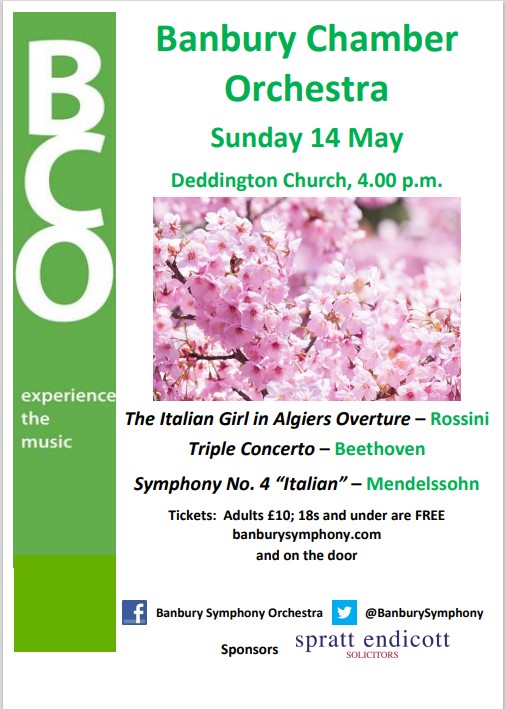Another great rehearsal on Wednesday. It was great to do some really detailed rehearsing, and to work on the blend and ensemble; it was such a lovely sound! A few important bits below, so please make sure you read to the end.
What we did on Wednesday 10th May
We began by rehearsing Mozart’s Ave Verum, thinking immediately about the ensemble (where we breathe, where we put the consonants, and the smooth movements of all the chords), as well as travelling through the longer notes – don’t let the sound die, keep some energy behind the sound. Let the music build towards the climax at the end, and make sure the vowels are nice and Italianate; open and bright! After this we looked at The Silver Swan, which we sang through a couple of times, and broke down each part, along with pairs of parts. As I said, with polyphony, it’s important to bring out the interesting parts when they come up, so hopefully we began to understand the more important moments. Keep the sound really bright and very smooth. We then ended the first half by ‘ding-ing’ our way through Fine knacks for ladies, pointing out a few interesting moments, such as the Basses and Tenors with your quicker notes at the bottom of the first page. After making sure we were happy with the notes we sped it up and put some text to it, and will continue to breathe life into the music in the forthcoming weeks.
We came back after the break to As Torrents in Summer, and we thought about the great detail Elgar puts into his work, showing us everything we need to know, especially about the phrasing... so do every detail he puts in! We tuned some of the chords (the Sop/Alto chord at the top of page 2), and put some expression into the longer phrases. Top of page 3: make sure the text is clear and more animated – he doesn’t write legato here, as he did before, so it can be very lively. A beautiful blend of voices. We then looked at It was a lover, again ‘ding-ing’ our way through to remind ourselves of the music, then working on the individual parts and notes. We also looked at the cascading quaver runs on page 3, trying to keep them florid and really exciting. It was also good to start putting the text to this, so keep looking over it and working out how the text fits your line of music. We ended with the beautiful The Long Day Closes, doing a fun exercise of removing the consonants to keep a smooth and luscious line of vowels, then gently putting the consonants back in – this made SUCH a difference to the sound, so practice this at home. We finished the rehearsal by doing it a Capella, and unconducted, which was a really special way to end the rehearsal. Thank you for your hard work!
What we will do on Wednesday 17th May
We’ll look at the last two sets of music – Folk Songs and Madrigals (2), so please listen, look, and sing through some of these over the next few days in preparation.
We’ll be in the METHODIST CHURCH for this rehearsal, so please don’t go to the Town Hall.
Marked Score
I’ve done all the hard work for you this term by providing a marked booklet, so I won’t be sharing it here as you all already have physical copies. Below, however, is a guide to my markings, just as a reminder of what it all means.
Remember a pencil to each rehearsal!! You’ll still need to write things in your copies!
Recommended Recordings
It’s a bit of a bitty term, as I’m sure you’ve realised; a great programme formed of wonderful, but shorter, pieces. For this reason, and given some of the arrangements/editions we’re doing haven’t been recorded, the recommended recordings are meant to help you understand and get to grip with the pieces, not necessarily learn them note-by-note. They’re good to have on in the background, and to follow some of the text, melodies and rhythms, but they’re not always going to line up 100% accurately with your copies.
You can listen HERE.
Learning Resources
I’ve been able to find some learning resources for some of the pieces we’re doing, so do check them out below. I hope they’re helpful, and will aid your learning of the music over the term. Just click the title of the piece and it’ll take you to the link.
Fauré – Cantique de Jean Racine
Bruckner – Locus Iste
Tallis – If ye love me
Jones – Farewell, Dear Love
Morley – Sing we and chant it
Dowland – Fine knacks for ladies
Gibbons – Drop, drop slow tears
Gibbons – The Silver Swan
Mozart – Ave Verum
Elgar – As Torrents in Summer
Sullivan – The Long Day Closes
Chilcott – The Lily and the Rose (paid subscription only, sorry!)
Chilcott – O Danny Boy (paid subscription only, sorry!)
Isaac – Innsbruck
Post-it note suggestions
As I mentioned in the rehearsal, on the 17th I’ll be leaving out post-it notes for you to make suggestions of some pieces you’d like to do with the choir. I can’t promise to do them all, but it’s a really useful exercise for me to see what music you like and are interested in doing.
Of course, this is only one of the ways you can have your voices heard; come and talk to me, the committee, and more importantly your Section Reps!
Banbury Chamber Orchestra Concert
Rosemary has asked me to share an excellent looking concert by the Banbury Chamber Orchestra, this Sunday (14th May) at 4pm in Deddington church. You can buy tickets HERE and full details are on the poster below.

This Week’s listening
As I was driving back last night, after a very long mental tangent that I won’t bore you with, I was reminded of a piece I played years ago when I was in the Air Cadet National Concert Band, and also conducted with the University of Birmingham Wind Band. It’s a great fun piece called Stephenson’s Rocket by composer Nigel Hess (of Ladies in Lavender fame), and depicts the titular locomotive steam engine, Stephenson’s Rocket. It’s a great fun piece with lots of great ‘train’ sound effects, a bouncy march and a super slushy theme. Great fun and well worth a listen; check it our HERE.
See you on Wednesday 17th.
– Ben
